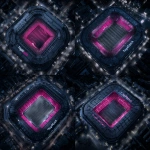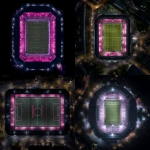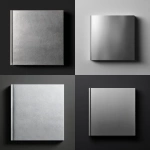Explore the Best AI Image Gallery

Imagination Unleashed: AI-Generated Images and the Future of Art
The art world is in a state of exhilarating flux. A new force has emerged, one that blurs the lines between human creativity and artificial intelligence: AI-generated images. These intricate, often mesmerizing creations, born from algorithms and vast datasets, are challenging our perceptions of authorship, originality, and the very essence of art.
This revolutionary technology allows anyone, regardless of artistic skill, to conjure stunning visuals with a few simple prompts. Imagine painting landscapes that capture fleeting emotions, designing futuristic cityscapes, or generating portraits that embody abstract concepts - all without wielding a brush or sculpting clay.
A Canvas Unbound: The Potential of AI-Generated Art
The possibilities seem limitless. Artists are utilizing AI as a powerful tool to:
- Expand their creative horizons: Overcoming artistic blocks, exploring novel styles, and generating ideas that may not have been conceived otherwise.
- Personalize creations: Crafting unique artwork tailored to individual tastes, from personalized portraits to custom-designed merchandise.
- Democratize art: Empowering individuals with limited artistic skills to express themselves visually and participate in the creative process.
Beyond Aesthetics: Applications Across Industries
The impact of AI-generated images extends far beyond the realm of fine art. Its applications are transforming various industries:
- Advertising & Marketing: Generating eye-catching visuals for campaigns, designing personalized marketing materials, and creating immersive brand experiences.
- Gaming & Entertainment: Developing realistic game environments, crafting captivating in-game assets, and bringing imaginative worlds to life.
- Education & Research: Visualizing complex data, creating interactive learning tools, and exploring historical events through artistic representations.
Navigating the Ethical Landscape
While the potential benefits are undeniable, AI-generated images raise important ethical considerations:
- Authorship & Ownership: Who owns the copyright to AI-generated art? Is it the creator of the algorithm, the user who provides the prompt, or the AI itself?
- Bias & Representation: AI algorithms are trained on existing data, which can perpetuate societal biases and stereotypes. Ensuring diverse and inclusive representation in AI-generated imagery is crucial.
- Misinformation & Deepfakes: The ability to create realistic yet fabricated images raises concerns about the spread of misinformation and the potential for malicious use, such as creating fake news or manipulating public opinion.
Looking Ahead: The Future of AI-Generated Art
As technology advances, AI-generated images will continue to evolve and permeate our lives. The future holds exciting possibilities:
- More sophisticated and personalized creations: AI algorithms will become increasingly adept at understanding user intent and generating highly tailored artwork.
- Immersive art experiences: Virtual and augmented reality will enhance the way we interact with AI-generated imagery, creating interactive and multisensory artistic journeys.
- Collaborative creation: Artists and AI will collaborate as partners, leveraging each others strengths to push the boundaries of creative expression.
The emergence of AI-generated images marks a pivotal moment in the history of art. It challenges us to redefine what it means to be creative, to grapple with complex ethical questions, and to embrace the transformative power of technology. As we navigate this new landscape, one thing is certain: the future of art will be shaped by the fascinating interplay between human imagination and artificial intelligence.

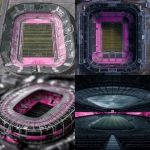


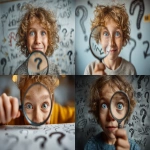
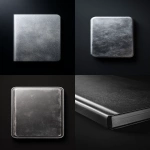

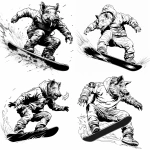
](https://images.ai-img.art/thumbnails/150/05b3252b3f681226a3df9027b069db31c005f91b72257a74367c4102f03a2ba0.webp)
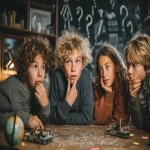
](https://images.ai-img.art/thumbnails/150/3ccc82ef0ad0cc1ab1dfb5b8e6bc37924fcad45dadf41cbd1cb21d19fc7f640a.webp)
](https://images.ai-img.art/thumbnails/150/57afc09cc38edf73880f760b7ebe1852c5522c6b4051836717b2e56b6f7f913c.webp)
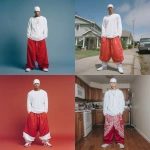
](https://images.ai-img.art/thumbnails/150/69d81ae5ecde297f3c11da78435c5fc00fbac7b00e2c7ccd89d7bbeb014e0541.webp)

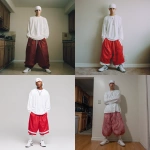
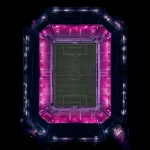



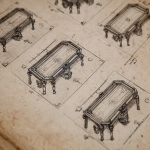
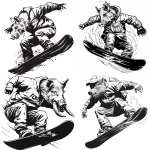
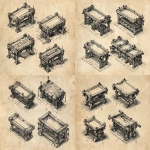
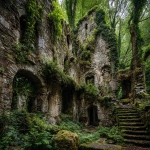


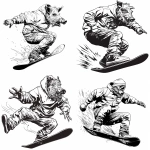
](https://images.ai-img.art/thumbnails/150/908bcb9950a44fd4b37d1a84cf00178988cea9507738d7ad4f92707c692461ef.webp)

](https://images.ai-img.art/thumbnails/150/738b292720ee21b57673dfb75ad851f4c34d16f5006ae3027ba685feaddb6b04.webp)
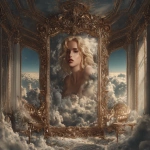
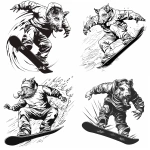

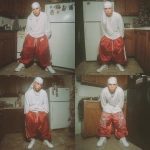
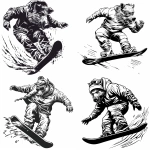
](https://images.ai-img.art/thumbnails/150/83ec831b9fb19e0db5a520b051b9556f3f594b87acc957ffee094a06a565e6f0.webp)
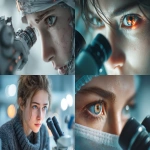
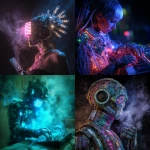
](https://images.ai-img.art/thumbnails/150/fc468fe14407b96489933a55227127071fd5f6c0505be74ca4dcb2f1e2fa3771.webp)

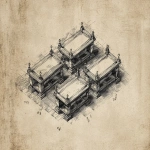
](https://images.ai-img.art/thumbnails/150/807ac97f95d56e8cc7cf714e13299d80bf6bcb5b4d80b77a7f06f30246184943.webp)
